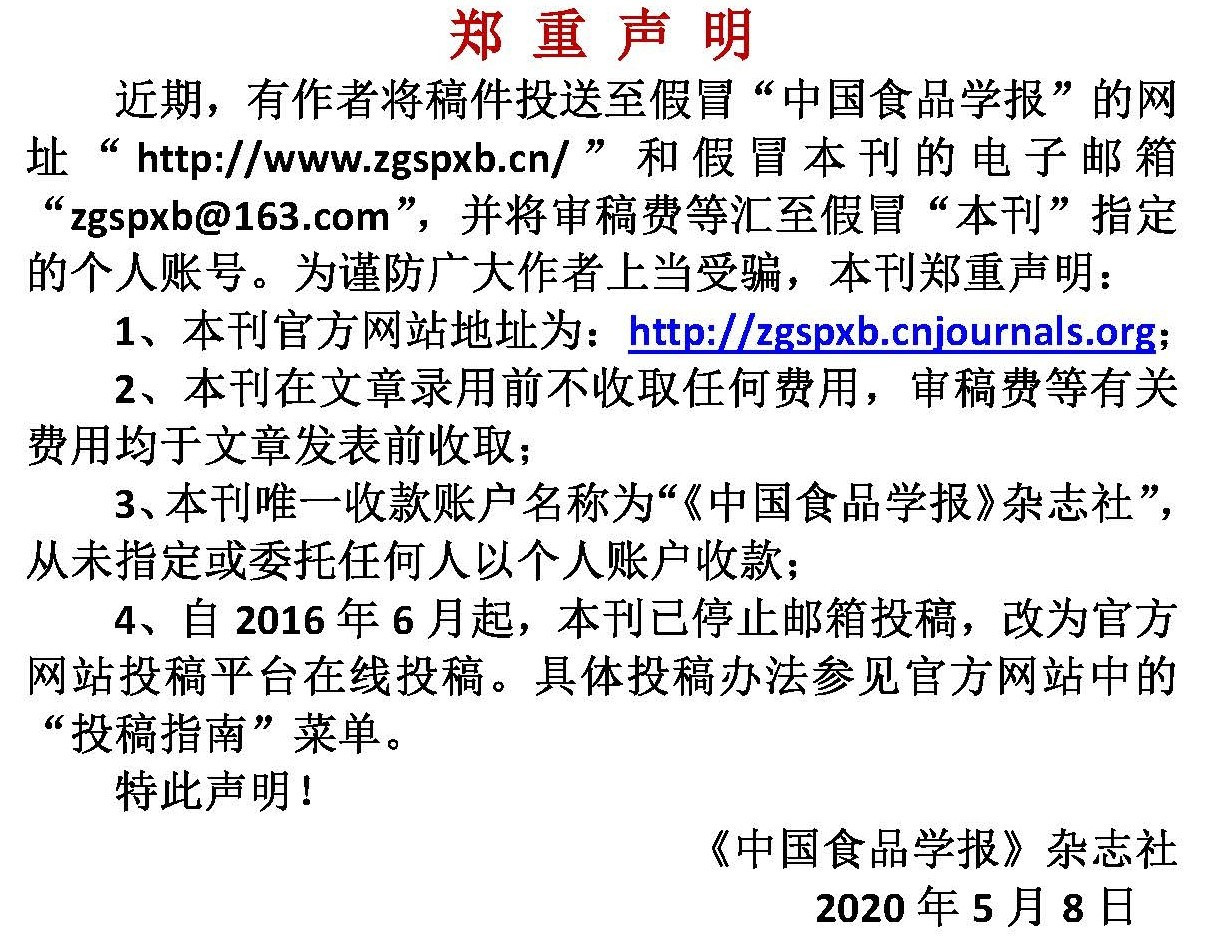不同分光原理近红外光谱仪光谱标准化方法在小麦粉品质检测中的应用
作者:
作者单位:
(1.江苏大学食品与生物工程学院 江苏镇江 212013;2.上海中科航谱光电技术有限公司 上海 200086;3.上海棱光技术有限公司 上海 200023)
作者简介:
田静(1997—),女,硕士生
通讯作者:
中图分类号:
基金项目:
国家重点研发计划项目(2018YFE0196600)
Application of Spectral Standardization of Different Spectral Types of Near-infrared Analyzers in the Quality Detection of Wheat Flour
Author:
Affiliation:
(1.School of Food and Biological Engineering, Jiangsu University, Zhenjiang 212013, Jiangsu;2.Shanghai Zhongke Aerospectrum Optoelectronic Technology Co., Ltd., Shanghai 200086;3.Shanghai Lengguang Technology Co., Ltd., Shanghai 200023)
Fund Project:
引用本文
田静,陈斌,陆道礼,盛龙禹,蔡贵民.不同分光原理近红外光谱仪光谱标准化方法在小麦粉品质检测中的应用[J].中国食品学报,2022,22(10):286-294
复制分享
文章指标
- 点击次数:
- 下载次数:
- HTML阅读次数:
历史
- 收稿日期:2021-10-11
- 最后修改日期:
- 录用日期:
- 在线发布日期: 2022-11-24
- 出版日期:
版权所有 :《中国食品学报》杂志社 京ICP备09084417号-4
地址 :北京市海淀区阜成路北三街8号9层 邮政编码 :100048
电话 :010-65223596 65265375 电子邮箱 :chinaspxb@vip.163.com
技术支持:北京勤云科技发展有限公司
地址 :北京市海淀区阜成路北三街8号9层 邮政编码 :100048
电话 :010-65223596 65265375 电子邮箱 :chinaspxb@vip.163.com
技术支持:北京勤云科技发展有限公司
